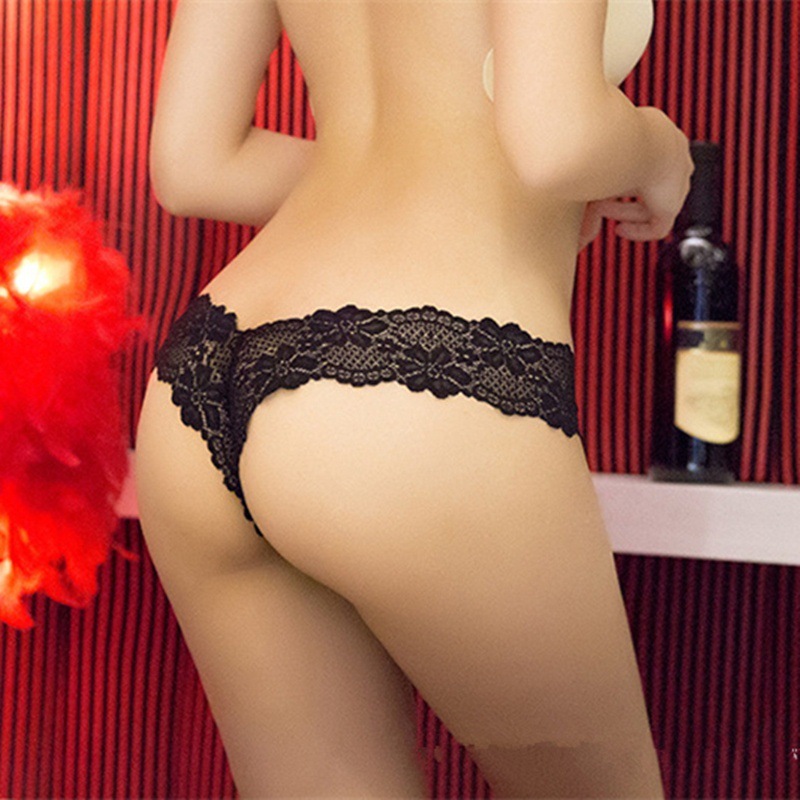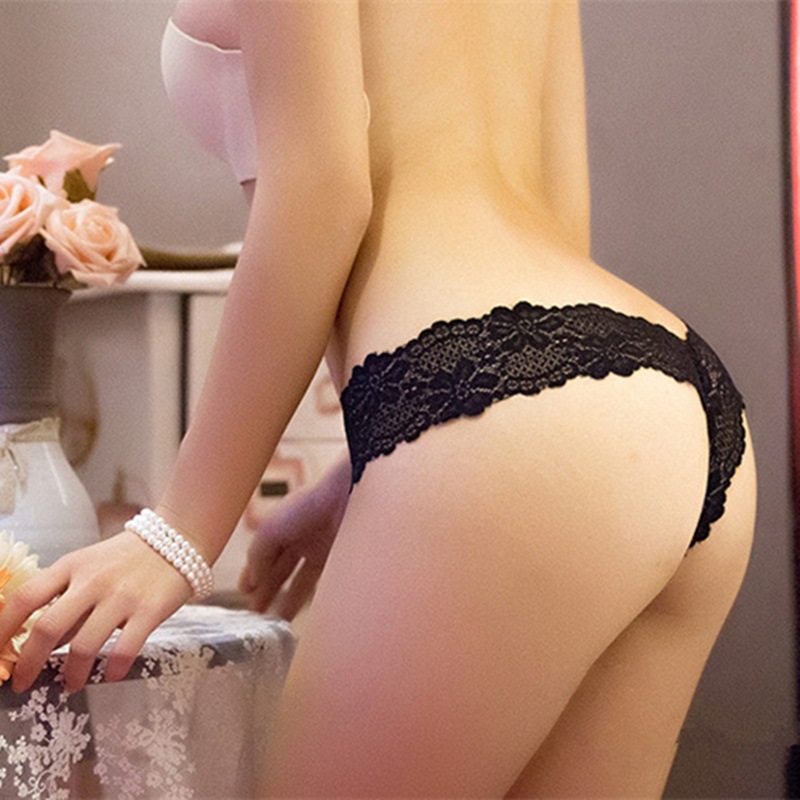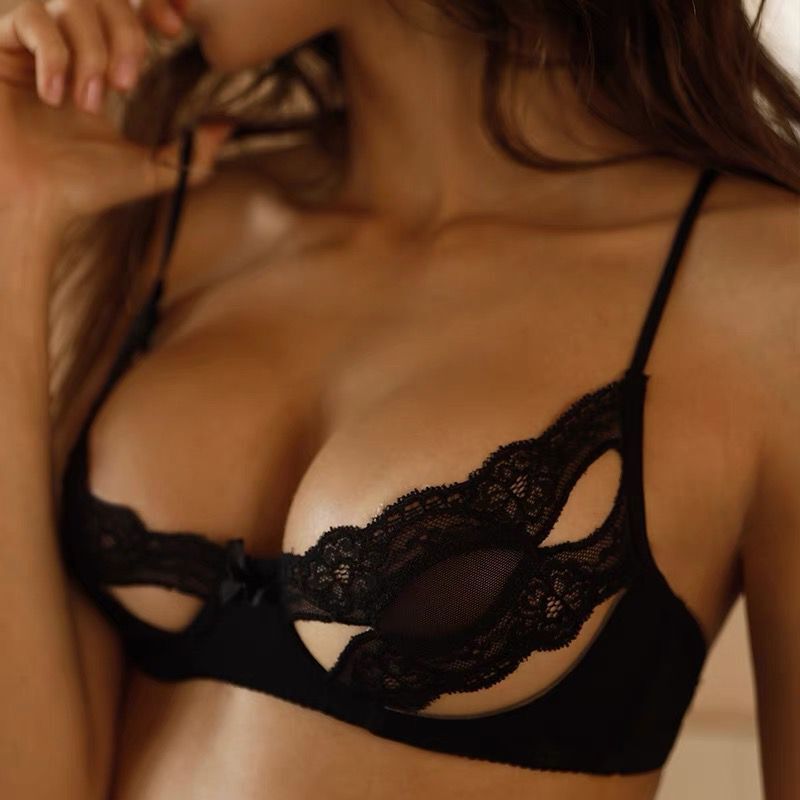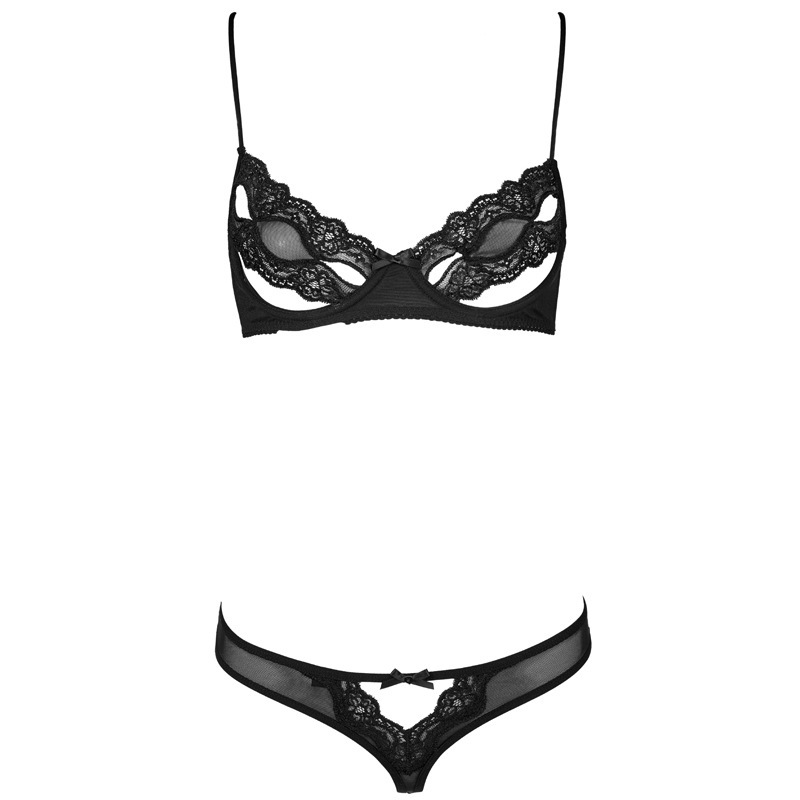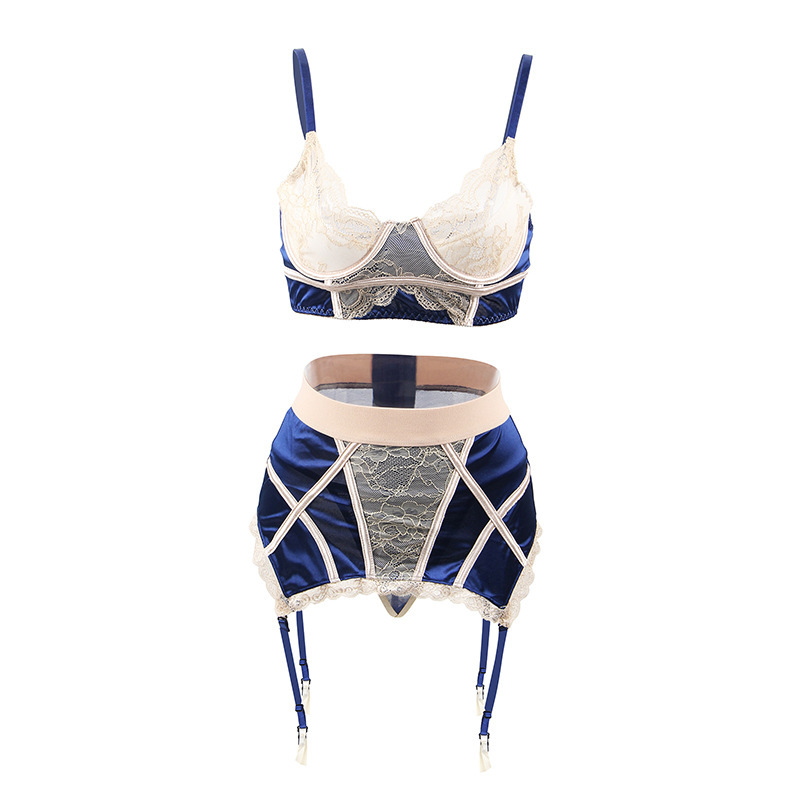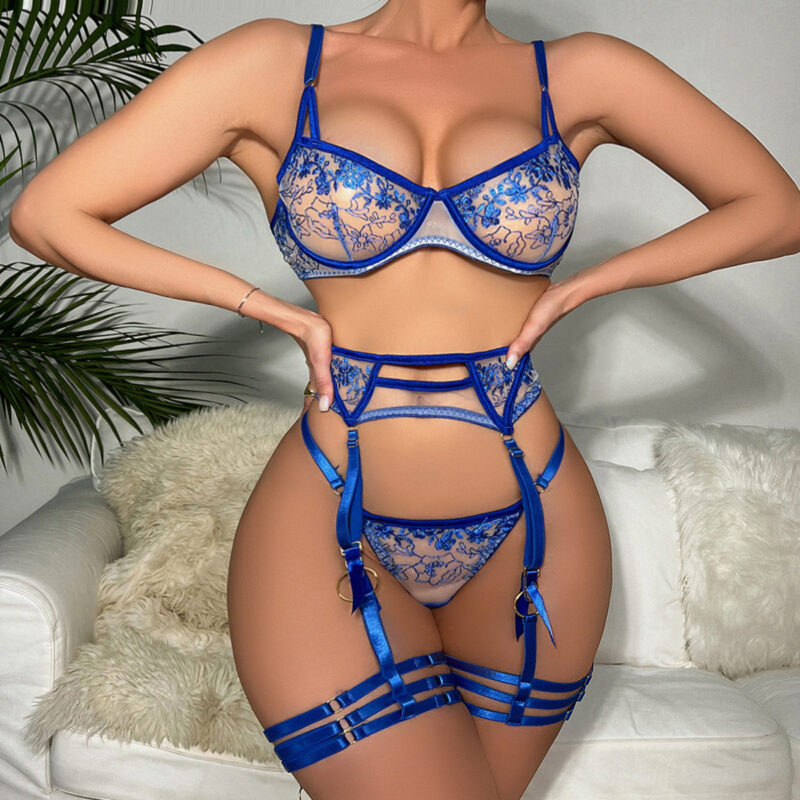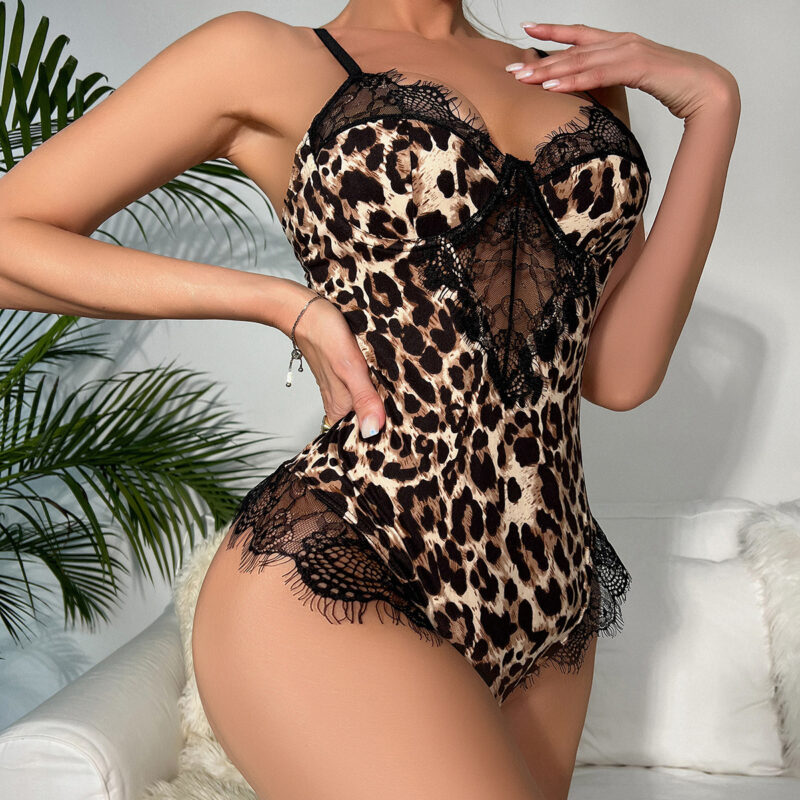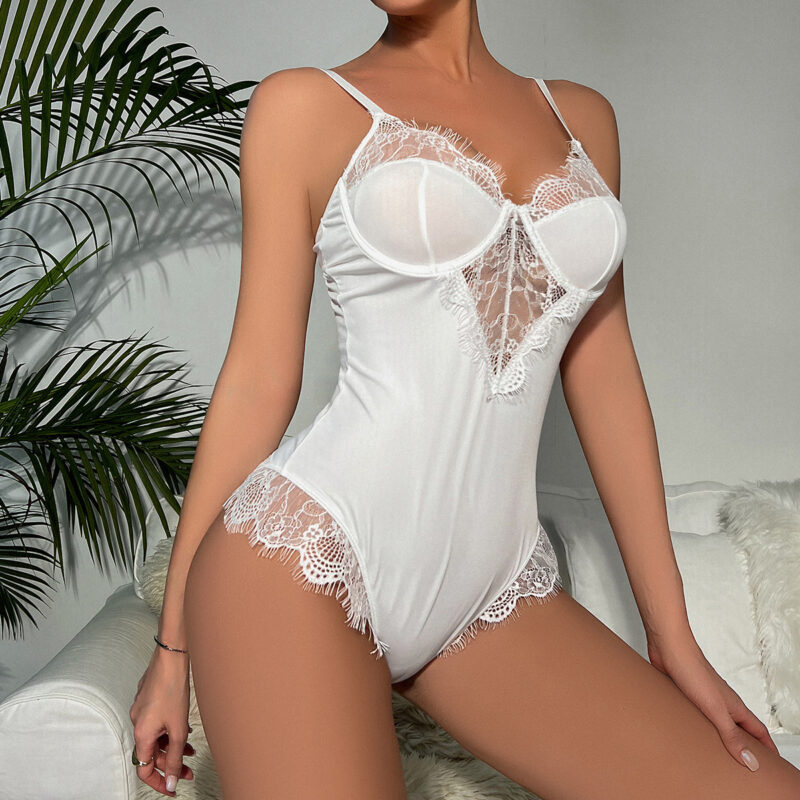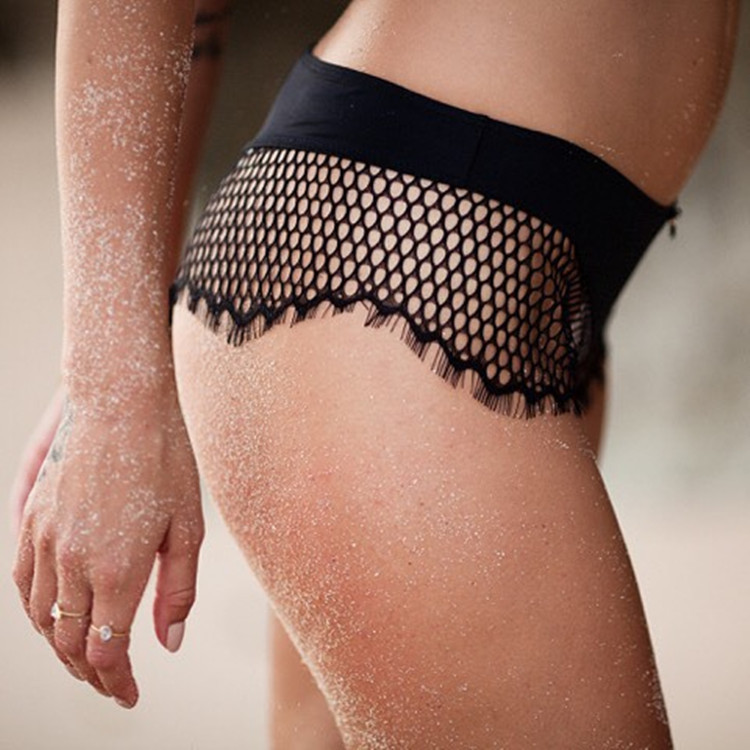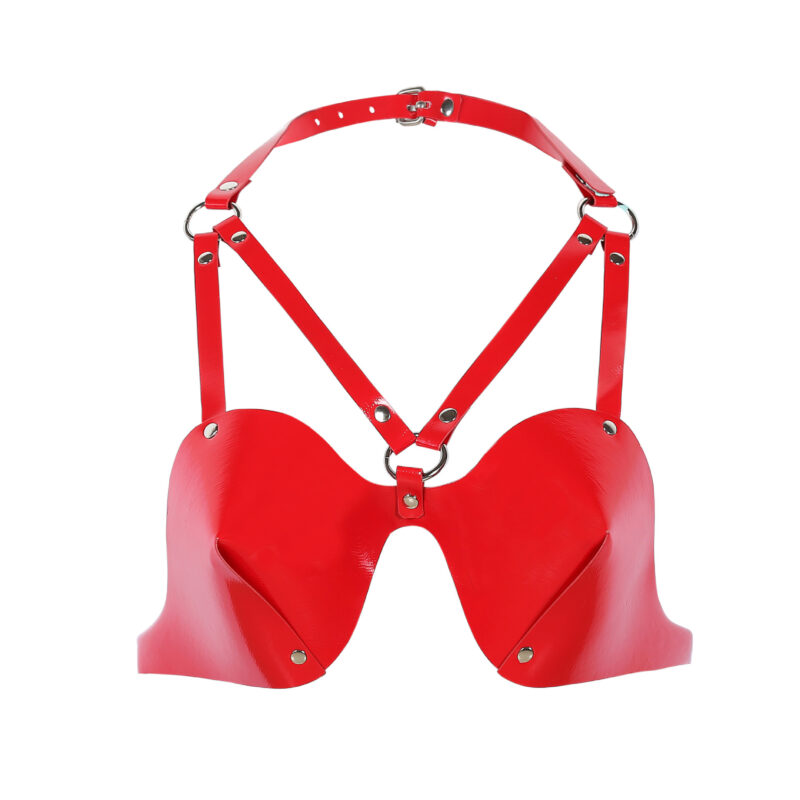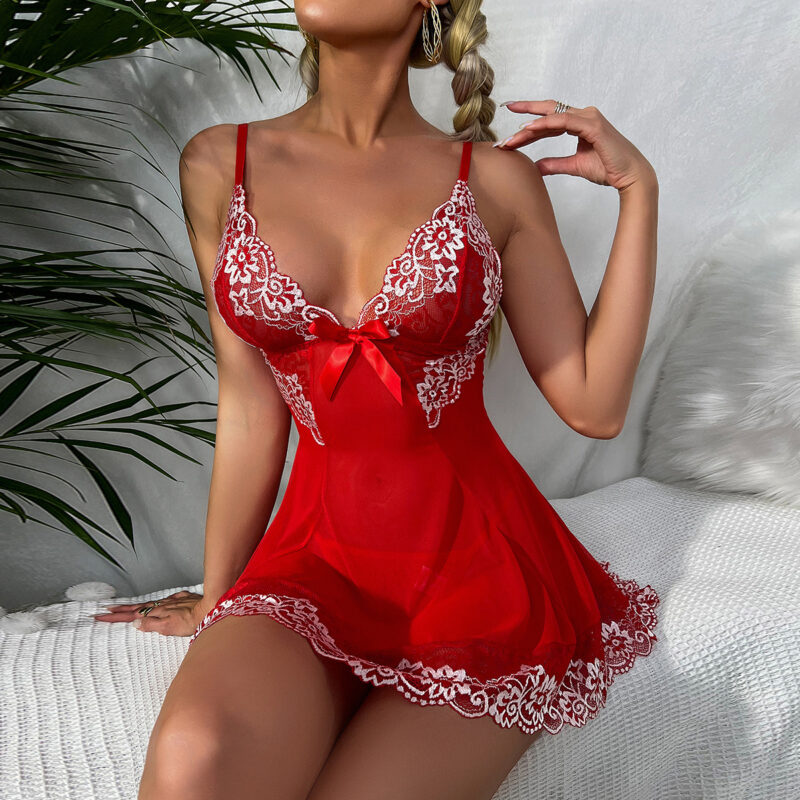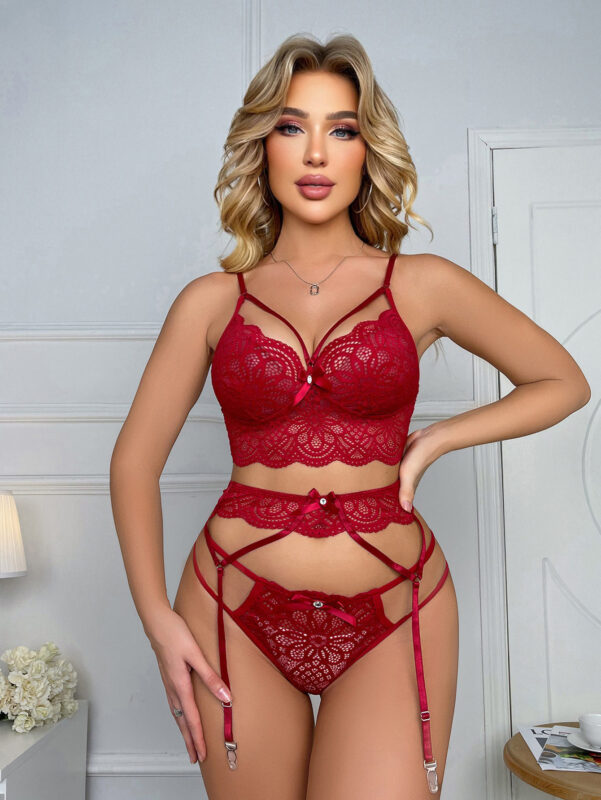Lingerie is a must in women's wardrobes. Its materials are not only about aesthetics, but also comfort and durability. Silk, known for its luxury, delicately drapes over the body and regulates temperature. Lace adds seduction and elegance with intricate patterns and delicate threads. Satin has a smooth, glossy finish, exuding sophistication. Cotton is practical, providing breathability and everyday wearability.
When selecting lingerie, consider the material, elastic bands and adjustable straps for fit and support. Remember to follow the care instructions too! Take this journey through lingerie materials and appreciate the artistry that goes into them. From silks to laces, each material has its own charm. Enjoy the world of lingerie sophistication!
Table of Contents
ToggleSilk: The luxurious fabric
To understand the essence of silk as a luxurious fabric, dive into the history of silk production, explore the characteristics and benefits of silk, and discover the intricate process of how silk is made. This section offers a comprehensive exploration of silk's allure and enduring popularity.
History of silk production
Silk. Luxurious, rich in history and steeped in ancient traditions and intricate craftsmanship. Its production dates back thousands of years to ancient China.
Legend has it that Empress Leizu discovered the worms' cocoons and made the accidental discovery of sericulture - the art of cultivating silkworms and reeling their silk - when she dropped a cocoon into her tea and watched as the hot liquid unraveled the thread.
Silk became highly sought after and its production was closely guarded. Chinese government prohibited the exportation of silkworm eggs and live cocoons under penalty of death. As knowledge spread, silk-making techniques were passed on to other countries like Korea, Japan, and India.
Today, silk production is no longer confined to Asia. Italy and France have mastered the artistry of producing high-quality silk fabrics. Despite advancements in technology that have made synthetic alternatives readily available, authentic silk still captivates us with its softness, lustrous appearance, and timeless appeal.
Characteristics and benefits of silk
Silk, that luxurious fabric, has many great features.
- Its smoothness and softness make it special.
- Plus, it has a natural sheen that adds elegance.
- It breathes well — great for hot climates.
- Also, it's hypoallergenic and gentle on sensitive skin.
- Lastly, silk is extremely durable.
These qualities make it stand out from other fabrics.
Pro Tip: To keep your silk pieces looking good, handwash them with mild detergent and air dry.
Plus, the process of silk production involves worms spinning threads.
Makes you wonder if they've gone to fashion school!
How silk is made
Silk, the world-famous luxurious fabric, has a captivating journey before it graces our clothing and accessories. Let's explore the process of creating silk!
- Step 1: Silkworm cocoons are collected after the silkworms weave their protective shells. The cocoons are usually white or off-white.
- Step 2: The cocoons are carefully unravelled to get the silk threads. Each cocoon holds one thread that is hundreds of meters long.
- Step 3: The threads are sorted and cleaned to remove any impurities. This way, only the finest and purest silk fibers are used.
- Step 4: The silk threads are then twisted together to form thicker strands called yarns. This adds strength and durability.
- Step 5: The yarns are woven using traditional methods to create silk fabrics with various designs and textures. Skilled artisans bring out the desired qualities in each piece of silk fabric.
As you learn more about silk, you discover its fascinating story, cultural importance, and global trade. Its soft texture, natural shine, and breathability make it a sought-after fabric for clothing and home furnishings. Wearing silk is not just a pleasure; it's a celebration of centuries-old art and nature's brilliant gifts.
Pro Tip: To keep your silk garments looking good, handwash them using mild detergent or take them to a dry cleaner who specializes in delicate fabrics like silk.
Lace: The intricate beauty
To understand "Lace: The intricate beauty" section in the article, "Lingerie materials: A deep dive into silk, lace, and more," uncover the origins and evolution of lace, explore the different types of lace, and discover the various uses of lace in lingerie.
Origins and evolution of lace
Lace: An intricate beauty that can make any dress look like it's been attacked by a swarm of elegant spiders. It has a long history, dating back centuries. This textile has gone through many changes, charmed many hearts with its beauty and craftsmanship.
Origins of lace go back to the 15th century. It was created by hand with techniques such as needlework and bobbin lace making. The artistry made it a much desired item for royalty and nobility.
Different places had their own styles of lace. Belgium was renowned for its fine Belgian lace. France was also notable with Alençon lace becoming a symbol of luxury and elegance.
Lace was used on clothing, accessories, and even household items. It was incorporated into everything from dresses and veils to tablecloths and curtains.
It could adapt to changing fashion trends. From Renaissance period floral designs to Art Deco bold geometric patterns, lace kept reinventing itself.
Queen Victoria's wedding dress had an exquisite Honiton lace veil which was popularized among brides worldwide.
Lace still inspires designers to this day. Its timeless beauty is a reminder of the skill and ingenuity that can be achieved with a thread and needle.
Different types of lace
Intricately beautiful lace exists in all sorts of types! Let's explore a few. For example, Chantilly and Alençon Lace both come from France, while Brussels Lace is from Belgium. Additionally, Carrickmacross Lace is from Ireland and Honiton Lace from England.
Have you heard? The art of lace-making dates back to the Renaissance period! (Source: History of Lace)
Lace in lingerie? It's perfect for seduction - delicate fabric strategically placed over the good bits.
Uses of lace in lingerie
Lace is a timeless material for lingerie, due to its intricate patterns and delicate beauty. Here's why:
- Sensuality: Lace adds a captivating visual appeal.
- Elegance: Its intricate designs make you feel graceful.
- Breathability: It enhances comfort throughout the day.
- Texture: It provides a unique tactile experience.
- Sheer Seduction: It offers a peek-a-boo effect.
- Design Versatility: You can create different looks with it.
Add extra beauty with scalloped edges or floral patterns. To make the most of lace in lingerie, here are 6 tips:
- Mix textures.
- Choose strategic placements.
- Experiment with colors.
- Embrace layering.
- Opt for adjustable features.
- Add embellishments and accessories.
Lace will always be the seductive detective of intimate apparel!
Other Lingerie Materials:
To explore other lingerie materials like satin, cotton, and mesh, dive into this section. Discover the smooth and shiny fabric of satin, the comfortable and breathable choice of cotton, and the sheer and seductive allure of mesh. Each sub-section will provide you with unique insights into these materials' characteristics and benefits.
Satin: The smooth and shiny fabric
Satin - smooth and shiny fabric - is a popular choice for lingerie. Its lustrous surface adds elegance and sensuality to any garment. It's crafted using a weaving technique which creates a glossy front and a dull back. Filament fibers like silk and polyester add to its light-reflecting qualities, making it even more captivating.
Satin is also comfortable. Its soft texture glides smoothly on your skin, providing a soothing sensation. That's why designers and consumers love it for intimate apparel. Plus, it's durable - when cared for correctly, it can be used often without losing its charm.
Let me share a story to explain satin's allure. Emily received a satin negligee from her partner for their anniversary. The lace details combined with the fabric's softness made her feel like a queen. Every time she put it on, it took her to a place of intimacy and romance.
Cotton: The comfortable and breathable choice
Cotton: the ultimate choice for comfort and breathability - trusted by people for centuries. Why is it the go-to material for lingerie? Let's explore!
- Comfort: Its soft and gentle nature makes it super cozy against the skin.
- Breathable: It allows air circulation, keeping you cool & dry.
- Moisture absorption: Absorbs sweat, helping you stay fresh.
- Hypoallergenic: Safe for all skin types; reduces risk of irritation.
- Durability: Withstands washing without losing its shape/color.
Plus, cotton is versatile for various styles and designs. Did you know that cotton has been around since 3000 BCE in India? A timeless choice indeed!
Magic? Yup! Cotton lingerie can make your confidence soar!
Mesh: The sheer and seductive material
Mesh is a must-have for lingerie! Its sheer nature and lightweight breathability make it a tantalizing choice. Let's explore the unique details that make it irresistible.
Mesh: Sheer, lightweight, breathable.
Stretch Lace: Soft, delicate, intricate patterns.
Satin: Smooth, luxurious, shiny finish.
Mesh isn't just visually appealing, but practical too. Its airy quality ensures comfort all day and night. Plus, the sheerness adds a layer of excitement by revealing just enough skin!
Designers often combine mesh with other materials, such as stretch lace and satin. Lace brings out the sheerness of the mesh, creating a beautiful contrast. Satin adds a touch of luxury with its smooth texture and a shiny finish.
Adding mesh to your lingerie collection means embracing your sensuality in a confident and intriguing way. Experience the transformative power it brings and get ready to captivate and enchant with mesh lingerie!
Pros and Cons of Different Lingerie Materials
To better understand the pros and cons of different lingerie materials, dive into the world of silk, lace, satin, cotton, and mesh. Explore the unique characteristics and advantages of each material as you compare silk vs. lace, silk vs. satin, silk vs. cotton, and silk vs. mesh. Discover which material suits your preferences and needs.
Silk vs. Lace
Silk and lace are two popular lingerie materials. But they both have their pros and cons. Let's compare comfort, durability, and style.
Silk has a soft, smooth feel. It's gentle on skin and luxurious. Lace is delicate and lightweight. It gives a feminine, dainty vibe.
Durability-wise, silk is strong. It stands up to regular wear without losing shape or quality. But lace is fragile. It needs extra care to avoid tears or snags.
Style-wise, silk is elegant and luxurious. It adds a touch of luxury to any outfit. Lace is more feminine and charming. Its intricate patterns look delicate and beautiful.
Choosing between silk and lace? Consider:
- Purpose - Everyday comfort or special occasion?
- Care - Will you maintain it?
- Body type - Silk is more forgiving. Lace creates a tailored look.
- Occasion - Silk is versatile. Lace is romantic.
Silk vs. Satin
Silk & Satin: A Comparison.
Silk and satin are two luxurious materials used for lingerie. But what makes them unique? Let's discover the differences between the two!
Composition: Silk is made from silkworms, whereas satin can be made from polyester or silk.
Texture: Silk has a smoother, more delicate feel. It's associated with luxury. Satin is glossy, with a rougher texture – making it look opulent.
Appearance: Silk has a subtle sheen which makes lingerie pieces more elegant. Satin offers a bold, high shine look.
Breathability: Silk is breathable due to its natural fibers. Satin, made from synthetic materials like polyester, may trap heat more easily.
Care Requirements: Silk needs gentle handling, usually dry-clean or hand wash. Satin is ok with machine wash on delicate cycle, but needs care to avoid snags or pulls.
If you want luxurious lingerie that suits your style and comfort, consider all the distinctions between silk and satin. Cotton is another great option if you're looking for something softer and comfier – like wearing your favorite t-shirt, but sexier!
Silk vs. Cotton
Silk and cotton are two popular lingerie materials. Let's explore their unique qualities to find out which one is perfect for you.
Silk vs. Cotton:
Let's compare these two materials when it comes to feel, breathability, and durability.
Silk:
- Luxurious and smooth.
- Excellent ventilation.
- Delicate, needs care.
Cotton:
- Soft and comfortable.
- Good air circulation.
- Sturdy, long-lasting.
Silk offers a luxurious feel that caresses your skin. It has excellent breathability for air to circulate and keep you cool. But it needs delicate handling to keep its luster. Cotton provides a soft and comforting sensation. Its natural fibers let air circulate well to avoid discomfort. Cotton is also durable, withstanding frequent washing and wear.
When choosing between silk and cotton, it's up to you. Do you want the allure of lavishness or the snug embrace of comfort? Consider your desires and choose confidently. Enjoy the delight lingerie brings to your everyday moments.
Silk vs. Mesh: It's like a choice between luxury and 'peek-a-boo'. Both will leave you breathless and potentially flustered.
Silk vs. Mesh
Silk and mesh are two common fabrics used in lingerie. Let's compare them by their key features.
Material | Silk | Mesh |
Texture | Soft, smooth | Sheer, light |
Breathability | Low | High |
Durability | Delicate | Robust |
Comfort | Luxurious | Breathable |
Sensitivity | Perfect for sensitive skin | May cause irritation for some |
Silk is soft and smooth, making it feel luxurious against the skin. However, it is delicate and has low breathability. In contrast, mesh is sheer and lightweight with high breathability. Additionally, it is quite durable.
It is important to note that people with sensitive skin may find silk more suitable as it is unlikely to cause irritation. Still, some may still feel sensitivity to both materials.
To sum up, both silk and mesh have unique qualities that fit different needs and preferences.
Fun fact: According to the Journal of Dermatology, certain mesh lingerie can help regulate body temperature while exercising.
Finally, the most important thing about lingerie is that it comes off!
Conclusion
Silk, lace and other fabrics are essential for lingerie. They make it comfy and stylish. Silk feels smooth and luxurious, wicks away moisture and is gentle on skin. Lace adds a sexy touch with its intricate designs. Satin has a glossy finish and looks sophisticated. Mesh is sheer and playful with embroidery and embellishments. Finally, according to Vogue.com, silk is a key material for luxury lingerie.
Frequently Asked Questions
FAQ 1:
Q: What are the benefits of using silk in lingerie?
A: Silk is a luxurious and hypoallergenic fabric that feels incredibly soft against the skin. It has excellent temperature-regulating properties, keeping you cool in the summer and warm in the winter.
FAQ 2:
Q: Is lace a durable material for lingerie?
A: While lace is delicate and requires gentle care, high-quality lace can be quite durable. It adds a touch of elegance and femininity to lingerie, making it a popular choice for many.
FAQ 3:
Q: What is the difference between satin and silk lingerie?
A: Satin is a type of fabric weave, while silk refers to the material itself. Satin can be made from silk, polyester, or other fibers. Silk lingerie is lightweight and more breathable, while satin lingerie has a shiny appearance and a smooth feel.
FAQ 4:
Q: Are there eco-friendly alternatives to traditional lingerie materials?
A: Yes, there are several eco-friendly options available. Organic cotton, bamboo fabric, and recycled materials are popular choices for sustainable lingerie. These materials are not only better for the environment but also gentle on the skin.
FAQ 5:
Q: Can synthetic fabrics like polyester be used for lingerie?
A: Yes, synthetic fabrics like polyester can be used for lingerie. They are often blended with other materials to enhance durability and stretchiness. However, natural fabrics like silk and lace are typically preferred for their breathability and luxurious feel.
FAQ 6:
Q: How should I care for lingerie made from delicate materials?
A: Lingerie made from delicate materials like silk and lace should be hand-washed or washed on a delicate cycle using a gentle detergent. Avoid using harsh chemicals or bleach. It is also recommended to air dry lingerie to maintain its shape and longevity.


